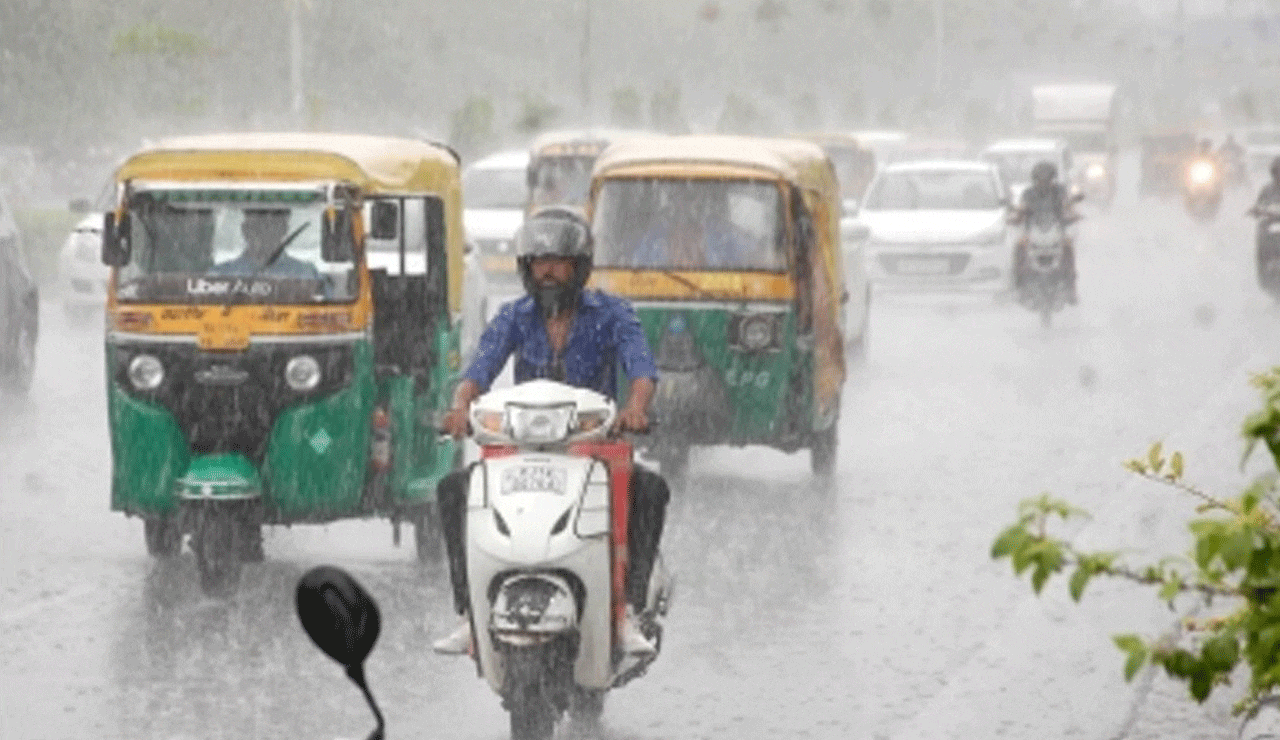Monsoon Surprise: Kerala Gets Early Rainfall, But What Does It Mean for the Rest of India?
The India Meteorological Department (IMD) announced on Saturday that the southwest monsoon officially hit Kerala, marking its earliest arrival since 2009. The monsoon has arrived on May 24, 2025, beating the usual onset date of June 1.

Hyderabad: The India Meteorological Department (IMD) announced on Saturday that the southwest monsoon officially hit Kerala, marking its earliest arrival since 2009. The monsoon has arrived on May 24, 2025, beating the usual onset date of June 1.
Table of Contents
No Direct Link Between Monsoon Onset and Total Seasonal Rainfall, Say Meteorologists
Despite the early arrival, meteorologists caution that there is no direct correlation between the onset date and total rainfall received across India. “The monsoon is influenced by a combination of global, regional, and local climatic factors,” an IMD official noted.
Past Monsoon Onset Dates Show Variability
Here’s a look at the onset dates over the last few years:
Also Read: Jewels, Secrets, and Deals: What’s Really Happening at Hyderabad’s Grand Jewellery Show?
- 2024: May 30
- 2023: June 8
- 2022: May 29
- 2021: June 3
- 2020: June 1
- 2019: June 8
- 2018: May 29
The earliest monsoon onset over Kerala on record was May 19, 1990, according to IMD data since 1975.
Above-Normal Rainfall Predicted for 2025 Monsoon Season
The IMD’s April forecast predicts above-normal cumulative rainfall for the 2025 monsoon, with El Niño conditions ruled out. Rainfall between 96% to 104% of the 50-year average (87 cm) is considered normal.
Monsoon Rainfall Categories (Based on Long-Period Average):
- Below 90%: Deficient
- 90% – 95%: Below Normal
- 96% – 104%: Normal
- 105% – 110%: Above Normal
- Above 110%: Excess
India’s Rainfall Trends Over Recent Years
- 2024: 934.8 mm (108% of average) – Highest since 2020
- 2023: 820 mm (94.4% of average)
- 2022: 925 mm
- 2021: 870 mm
- 2020: 958 mm
Why Monsoon Matters: Agriculture and Economy
The monsoon season plays a vital role in India’s agricultural economy, supporting 42% of the population and contributing 18.2% to GDP. It also replenishes reservoirs crucial for drinking water supply and hydroelectric power generation.
